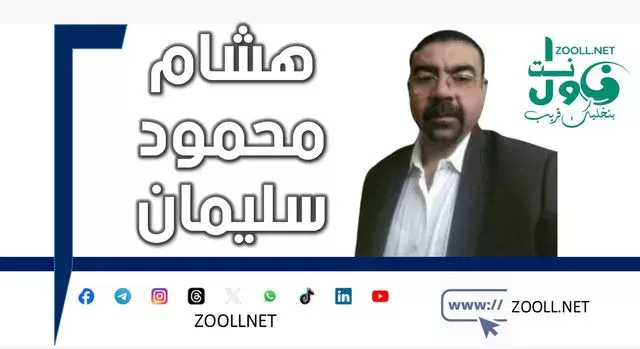Water Crisis in Gedaref State, Efforts Made and Reasons for Failure ✍️ Hisham Mahmoud Suleiman

introduction:-
Sudan's Gedaref State has suffered from a stifling water crisis since it became an independent state in 1994. Despite considerable efforts over the past decades, the problem of supplying clean water and sustainable has not been radically resolved.
This situation constitutes a human tragedy that affects the lives of citizens and a development challenge that hinders the development of the region. In this article, I want to explore the depths of this problem by detailing what efforts have been made and why. hindered the success and daily suffering experienced by the residents of Gedaref, while also addressing the role of international organizations working in the state and their failure to help resolve this problem.
Efforts made to resolve the issue:-
——–
One of the oldest efforts to solve this problem
1. Attempts to supply water to Gedaref by transporting water from the Sennar Reservoir The project relied on long pipelines, but it encountered technical problems that prevented the objectives from being achieved.
2. Upper Atbara Lake and Setit Dam Water Project
This project was ambitious to provide water from relatively nearby sources, and significant resources were allocated to it. Despite the progress made, it was not completed as expected, which could have put an end to this problem.
3. Efforts of the state population and expatriates
The people of Gedaref, in Sudan and abroad, have not been stingy, as they have always been, in providing financial and technical support to solve the water problem, as there have been many community initiatives and great grassroots efforts, and local capitalism has not skimped at all. He provided many solutions to this problem, but sustainability was the biggest challenge.
4. The role of international organizations
Over the years, many international organizations have stepped in to support water-related projects in the state, such as the United Nations Development Program (UNDP), UNICEF and other water-related organizations. emergency aid and development.
A. Drilling underground wells in rural areas
B. Finance and train local executives to manage water projects
Provide emergency aid by providing mobile water tanks to the most affected areas, particularly in the countryside.
However, these efforts have remained limited in their impact due to their incompatibility with state projects and the overlapping responsibilities between organizations and local authorities.
Reasons for failed attempts:-
————–
Despite the multiplicity of actors and the efforts made, the problem persists for several main reasons
1. Lack of strategic planning
These projects lacked long-term plans that took into account demographic and environmental changes, the strong expansion of the city and the creation of rural neighborhoods not connected to inland waters.
2. Weak coordination between local and international authorities
The lack of coordination between local authorities and international organizations has led to duplication of efforts, thereby reducing the effectiveness of interventions.
3. Weak management and implementation
Many projects were managed ineffectively, in the absence of strict monitoring and periodic monitoring.
4. Suspicions of corruption
Reports indicate that there was poor management of financial resources, which led to some projects failing or being implemented at a low level.
5. Lack of state commitment to support the sustainability of international organizations' projects
The organizations' projects are often short-term and the State does not support them with complementary plans to ensure their continuity.
6. Infrastructure problems
Deteriorating infrastructure poses a major obstacle, as water networks are not equipped to withstand the pressure needed to provide sustainable water.
The suffering of the inhabitants of Gedaref: –
———-
Residents of Gedaref suffer daily to obtain clean drinking water, as some are forced to travel long distances or buy water at exorbitant prices. This situation affects the public health of citizens.
Education and economic productivity
International interventions helped partially alleviate the crisis, but were unable to provide lasting solutions due to the unsustainability of the projects and their lack of integration with state policies. Residents in rural areas suffer more as they face a double challenge due to weak basic services.
And recommendations: –
Solving the water crisis in Gedaref State requires strong political will, integrated strategic planning and cooperation between the government, international organizations and the local community.
1. Improve project transparency and oversight
2. Improve coordination between international organizations and local bodies to ensure integration of efforts
3. Invest in water network infrastructure, with a focus on rural areas
4. Support the projects of international organizations with national plans guaranteeing their sustainability
5. Strengthen partnerships with international organizations to adopt innovative technologies such as water desalination or rainwater harvesting
6. Limit the role of the lobby working in drinking water investment, as it hinders any project aimed at finding a radical solution to the Gedaref water problem.
Ending the suffering of the population of Gedaref is a collective responsibility and must be a priority at all levels to achieve sustainable development in the region.




